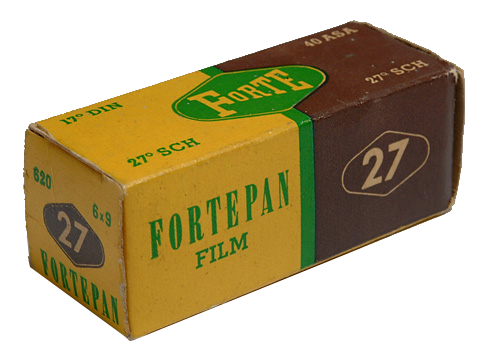About
Fortepan US is an open source photo history platform that crowdsources digitized photographs of everyday U.S. life and re-envisions better ways to organize, display, interpret, and share these historical photos with interested publics.
The all-purpose, CC-oriented platform promotes easy search and exploration of curated collections according to place (e.g. Coon Rapids, IA), time period (e.g., 1947), and theme (e.g., cheerleader); reunites photographs from disparate sources; places them in an enjoyable, aesthetic, and intuitive environment; and offers free, built-in digital storytelling and public display tools.
Why does this project matter?
Vernacular photographs are important
Our project makes family snapshots a relevant part of local history. We think it’s fascinating and necessary to:
- make connections between family snapshots and local, and institutional historical photographs
- virtually reunite consequential photographs of everyday life into an easily searchable open source platform environment (Fortepan US).
- organize historical photographs in a way that makes sense to everyday people: by place (region, state, county, town, address); by time (from 1860 on) and by theme (over 7,500 searchable tags).
- provide direction towards helping institutions collect, scan, and preserve family photos, to better emphasize the centrality of community and everyday life.
- stand by the importance of everyday photographs in the (re)telling of historical narratives, focusing on bottom up histories
We prioritize public engagement
The Fortepan US platform helps people engage with historical photos by helping them:
- easily find photos from their home towns or places they worked; beloved cultural practices and community events they participated in; or time periods they lived through. People want to see and find photographs that are relevant to them.
- envision a role for their family photos as part of a shared public memory project; Fortepan US helps people get photo albums and loose collections out of the attic or basement, creating high resolution copies of their photos without ever giving them away, and digitally sharing them with their own community. Moreover, the project ensures that local history remains publicly available (and not privately commodified).
- search for meaningful photos in an intuitive and enjoyable environment: time (1961), place (Black Hawk County), and theme (“ice cream,” “bellbottoms,” “pontiac”) makes sense to users. It’s like we are building a photo album or family scrap book for an entire state.
- tell digital stories through the platform’s free, built-in digital storytelling tools that enable users – students, researchers, institutions, everyday people – to tell stories with relevant and meaningful historical photographs. No downloading or external applications are necessary.
- access built-in public display capabilities to share, embed, or publicly screen any set of images (at full screen, and on a loop) just from the platform. It’s a way to draw attention to a particular set of images and create an automatic exhibit, whether online or in a built environment.
We champion virtual reunification
By virtually uniting vernacular and institutional photos, we can tell more rich and complicated stories about US life. The problem with family photos is that:
- they are so easily lost or siloed in archives, shoeboxes, and in the back rooms of local public libraries, historical societies, and municipal buildings. Our old photographs often feel irrelevant because they are not digitized, not accessible, not logically organized, and out of context.
- families and collections travel. A collection featuring Kentucky might wind up in a Minnesota basement or back room.
By networking local, regional, or state-based Fortepan US instances, we can crowdsource and reunite images separated from their original locale. We can tell stories about everyday people from the ground up. We can reinvent how an archive can serve local institutions and people.
We share our open source code
We built open source code we call “Kronofoto” to power Fortepan US. This code is available for download on Github and can be used for all sorts of different collection types. Learn more about Kronofoto.
Our network is expanding
We are making Fortepan US a national reality, building the platform so it can structurally accommodate any state, Indigenous territory, or national park. The platform also supports Traditional Knowledge labels through a partnership with Local Contexts. Currently, the project exists under the Fortepan US umbrella and is housed on a single server at the University of Northern Iowa. The platform code is also designed to exist on multiple servers for maximum platform sharing and administrative autonomy. Our current list of instances is here, and we are happy to include your state or territory.
There is no barrier to joining. Connect with us and we’ll show you how.
Why "Fortepan"?
Our inspiration (and name) comes from the Fortepan project based in Budapest. Fortepan was established in 2010 and has since become a cultural institution throughout Hungary. The Hungarian team chose the name “Fortepan” to pay homage to the popular black-and-white negative Fortepan film sold throughout the world after World War II, which was produced by the Hungarian company FORTE (1948-2001).

Today, "Fortepan" is more of a concept for sharing and displaying photos for public use by time-place-and-theme. It's about access to high quality vernacular photos and enabling stories told from the bottom up. It's about collective memory and the Creative Commons. And it's about acknowledging that all of us are part of the historical narrative.
Support
Fortepan US is supported by the National Historical Publications & Records Commission,National Endowment for Humanities, Humanities Iowa, CT Humanities, and the University of Northern Iowa, and other private funds.